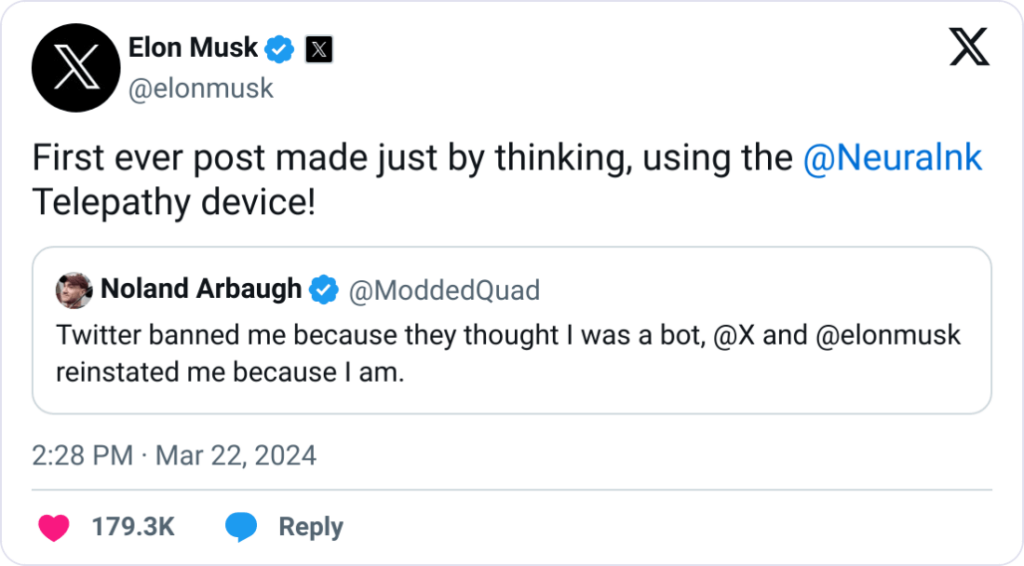Sora Meets Hollywood
One of the most advanced Generative AI video models (by OpenAI) has spent time in the hands of select members of the creative community and some of the initial work is just incredible.
The model is positioned to allows artists, designers, and filmmakers to bring wild new ideas to life that were never possible before.
- Directors like Paul Trillo says Sora sets them “free from restrictions” and can turn any vision into reality.
- Artists like shy kids in Toronto are now able to “expand on impossible stories” and push the boundaries of expressionism.
- Designers at Native Foreign think Sora will change how stories are told by removing budget limits.
- Musicians like August Kamp find Sora “opens up new forms of storytelling” by making visions tangible.
- Sculptors like Alex Reben see potential to transform videos into 3D sculptures and even prototype augmented worlds.
At this page 🔗, each creator shares how Sora helps them explore surrealism and defy normal conventions and the videos they created are beautiful when you consider them being 100% AI.
And it’s crazy to think that this is still the worst AI generated video will every be…
Tweets that matter
On March 20th, Neuralink live streamed a video 🔗 of Noland Arbaugh, a quadriplegic man, using AI to play chess for the first time.
The world’s first official cyborg.
With full mouse control, completely with only his mind – it was a true testament to the power of what this advanced technology can prove capable!
Watching the livestream was something out of the history books. I couldn’t help but feel I was watching something comparable to first flight, the moon landing, or other monumental events.
For those of us (including me) who don’t know what it’s like to be paralyzed from the neck down, it’s unthinkable to consider the mental weight Noland must have had to to bear knowing he’d never get to function like others. But to be given the gift of actually having these capabilities again – it’s just surreal to think about.
Around the web
🔈 Runway x Musixmatch – Team up for Gen AI video shorts
⚙️ Google Rolling out API access to Gemini 1.5 (1m+ context window)
🇺🇸 US govt. announcing agreement terms for $8.5m in Chips with Intel
Learning From The Enterprise Approach
a16z recently released an article 🔗 which outlines how, over just the last 6 months, companies have completely changed their view on these powerful AI models I talk about here and that are in the news.
They’re no longer just experimenting – budgets for generative AI at big companies have skyrocketed.
Instead of one-time tests, businesses are making it a core part of their long-term technology plans. And the uses for these models are spreading everywhere!
Originally it was just a few obvious tasks, but now generative AI is helping with everything from customer service to scientific research.
Best of all, these AI models are getting even better and more customizable. Companies can now choose between several high-quality options instead of just one. Many are also making the models open source, which means businesses don’t have to worry as much about privacy or costs. And with some fine-tuning, these open models can perform almost as well as the best closed ones.
As these AI models keep improving, more and more companies are moving them from testing to actual daily use. Internal tasks like writing documents or answering employee questions are the most common for now.
But businesses can’t wait to use generative AI for customer-facing jobs too, once the models are ready to handle any situation perfectly.
It’s really amazing to see how quickly generative AI has grown up. Businesses are investing huge amounts and finding new ways to put these powerful tools to work every day.



